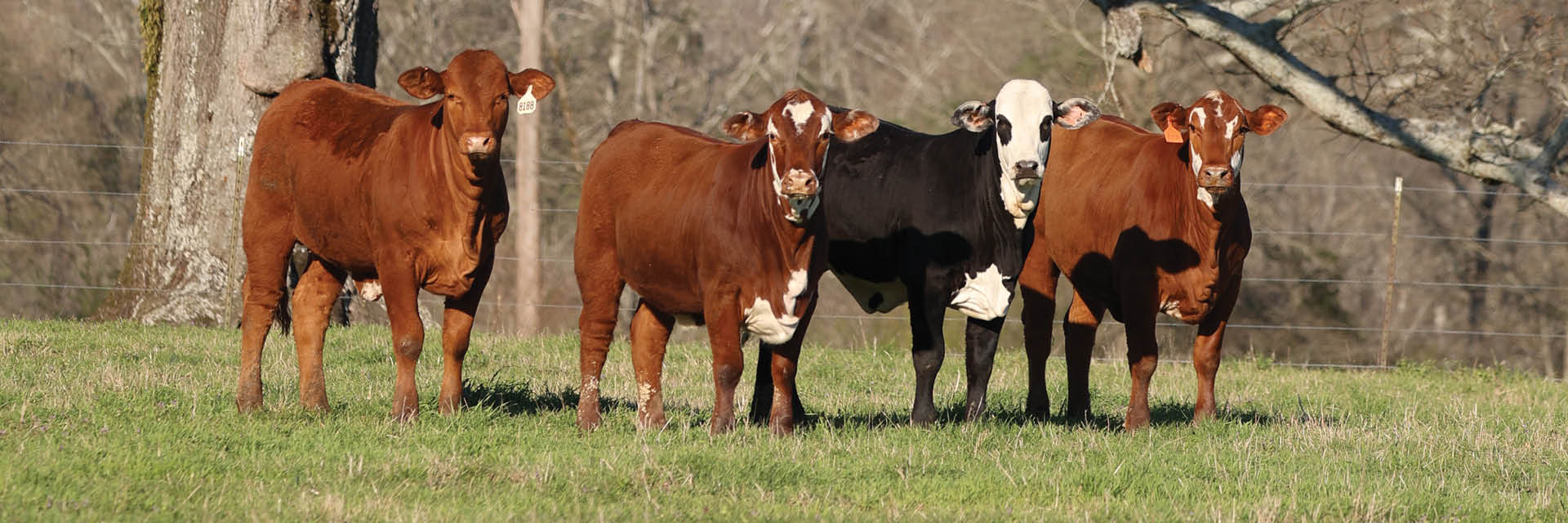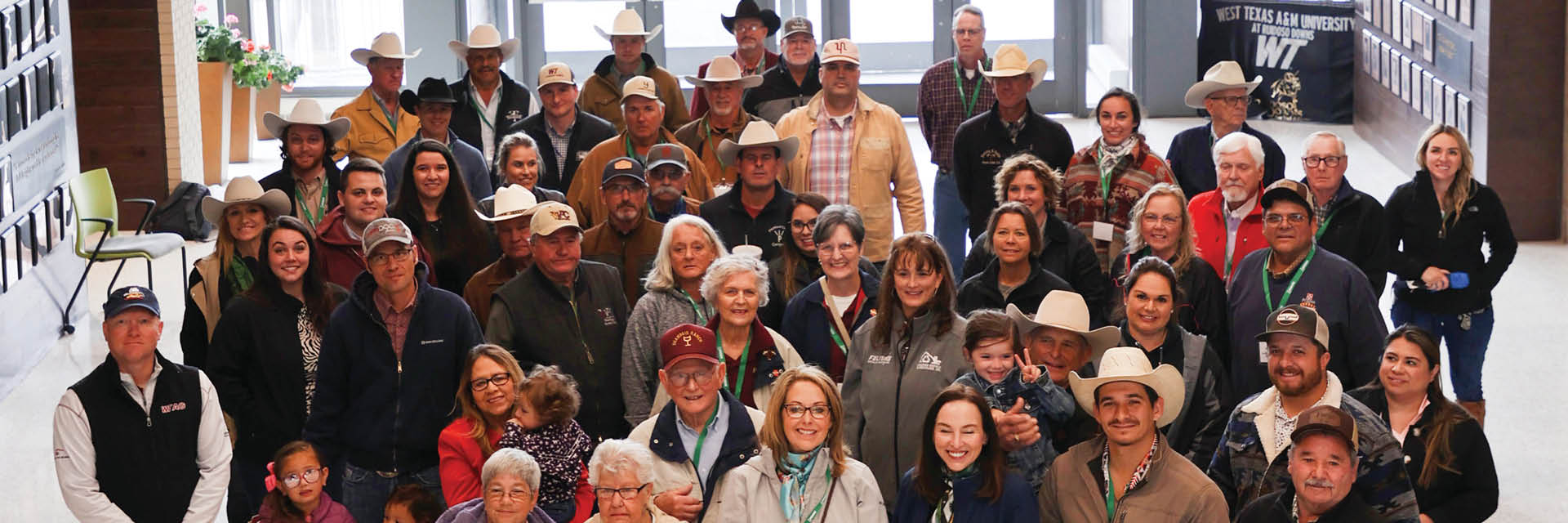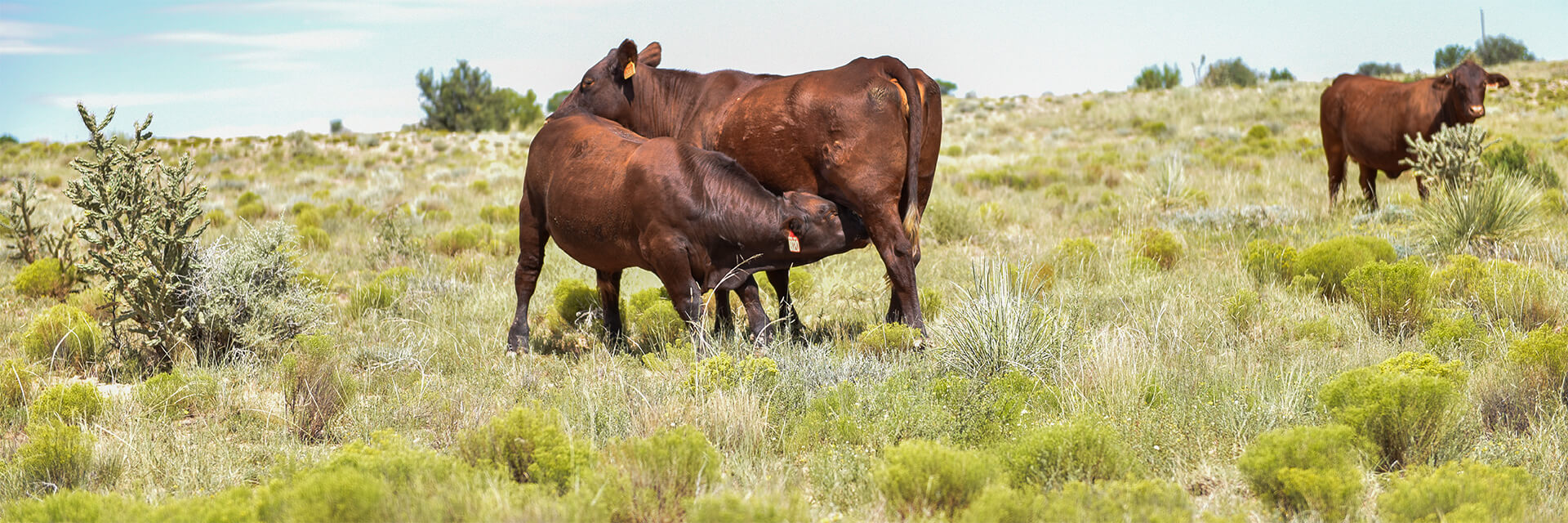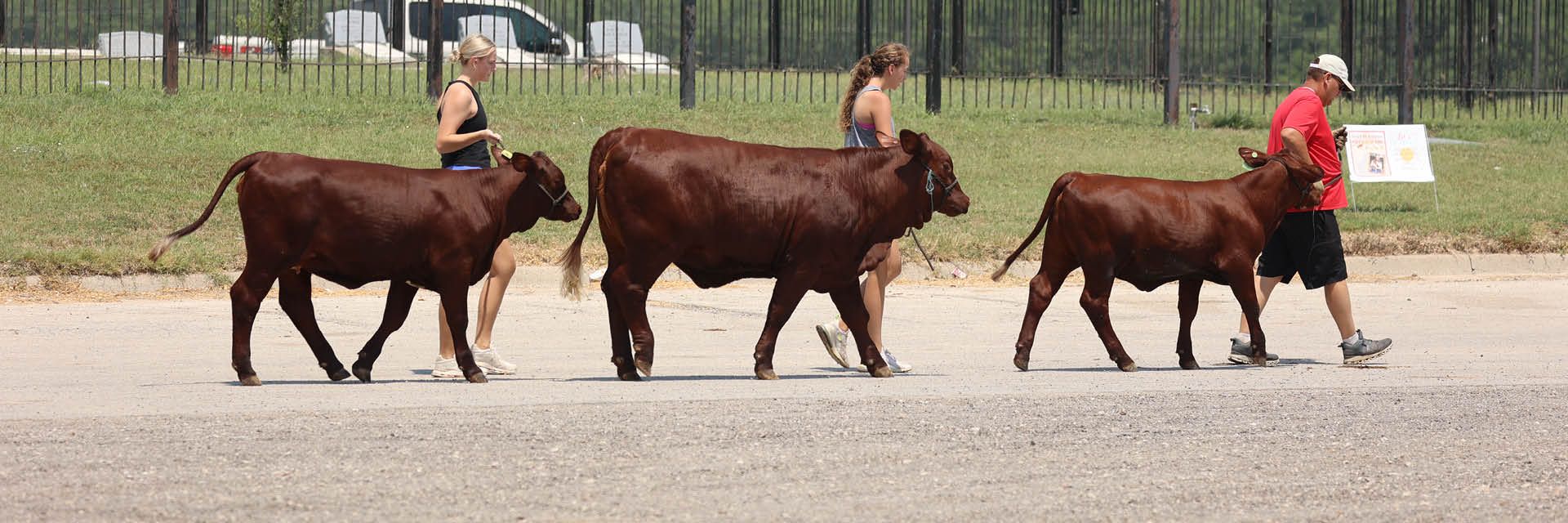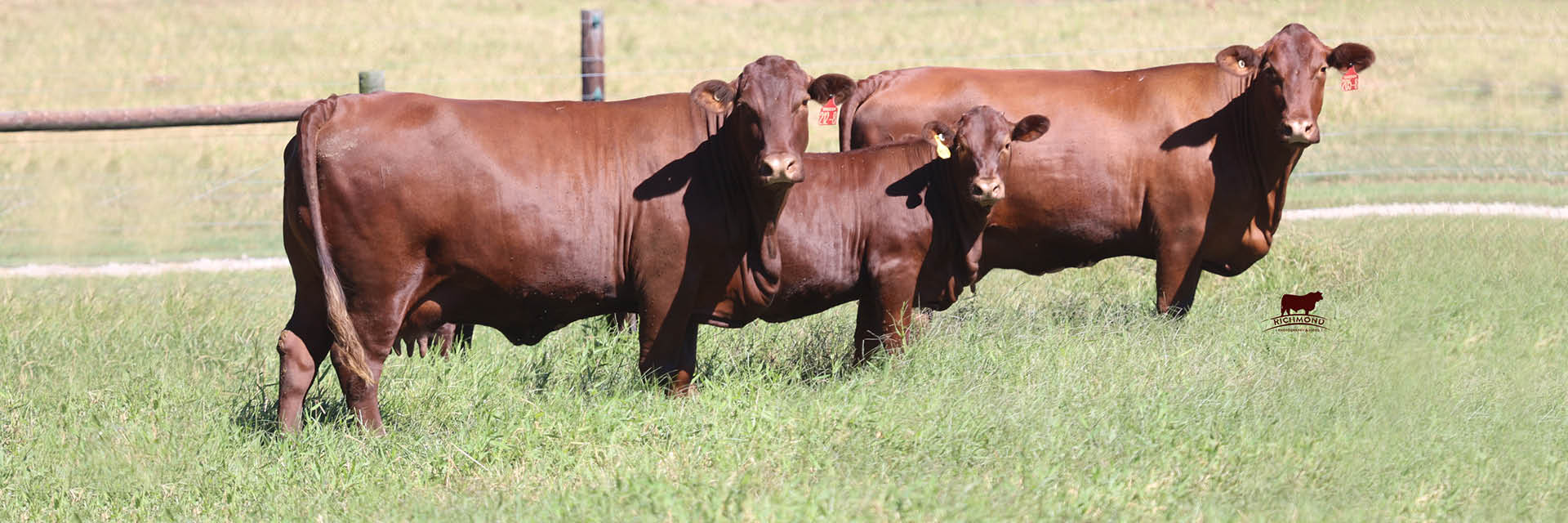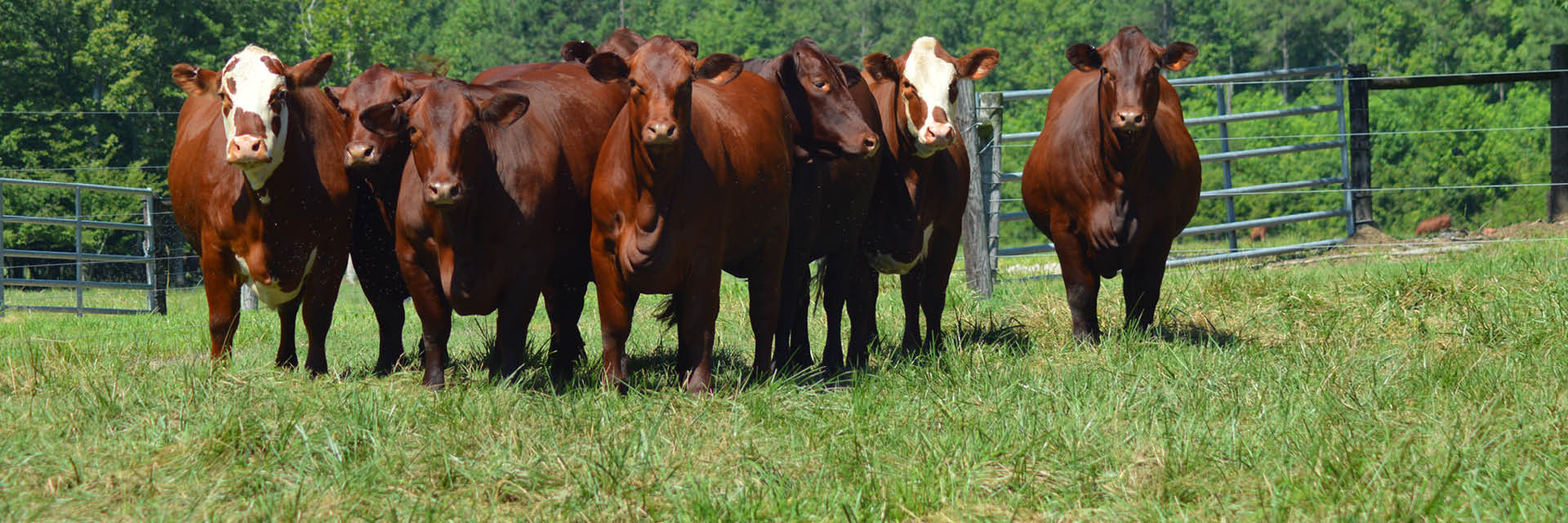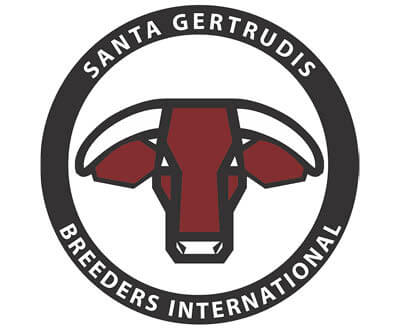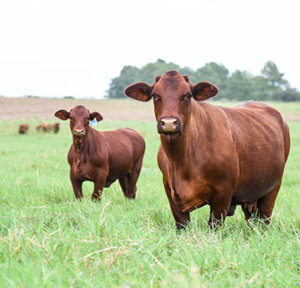 SGBI is an industry leader providing cattlemen reliable genetic information and selection tools designed to assist with the identification of animals that are profitable and productive.
SGBI is an industry leader providing cattlemen reliable genetic information and selection tools designed to assist with the identification of animals that are profitable and productive.
SGBI’s dependable DNA-verified genetic evaluation enables cattlemen to make sound selection decision, pinpointing animals that will perform regardless of environmental conditions. The association’s tools enable breeders to better identify profitable genetics and put selection pressure on specific traits.
Learn more about SGBI.

